Intro
The Puruca comes from three Shetland stallions that arrived on the island of Marajó in Brazil at the end of the 19th century. They were crossed with Marajoara mares and then forged by the environment of their adopted island.
Read more
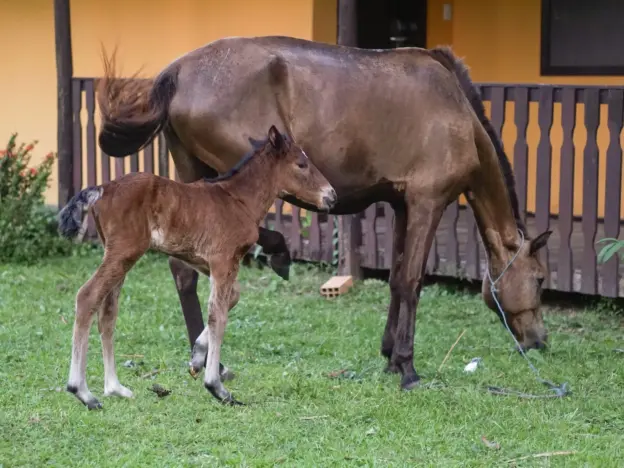
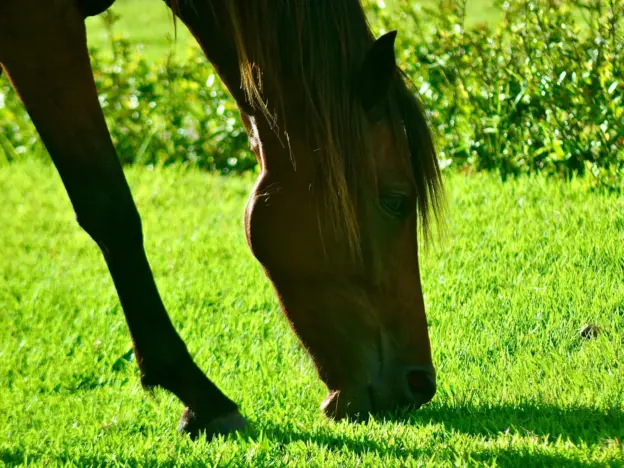
Also called Wild Horses of Roraima, the Lavradeiro comes from Roraima in the north of Brazil, near the Venezuelan border. They are the descendants of Spanish Colonial Horses.
Read more
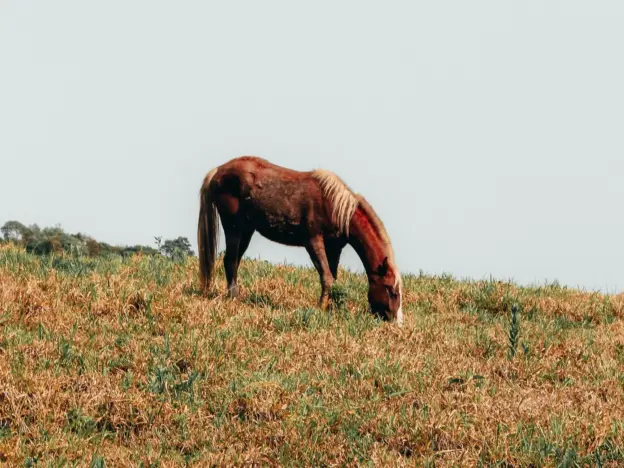
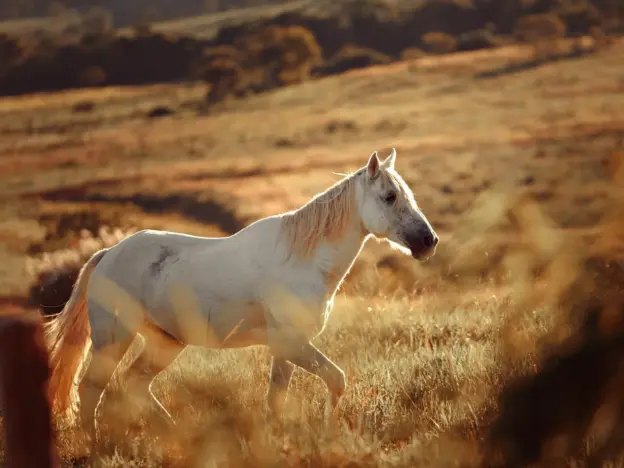
Also called Poconeao and Mimoseano, the Pantaneiro comes from northern Mato Grasso the Panatanal region of Brazil.
Read more
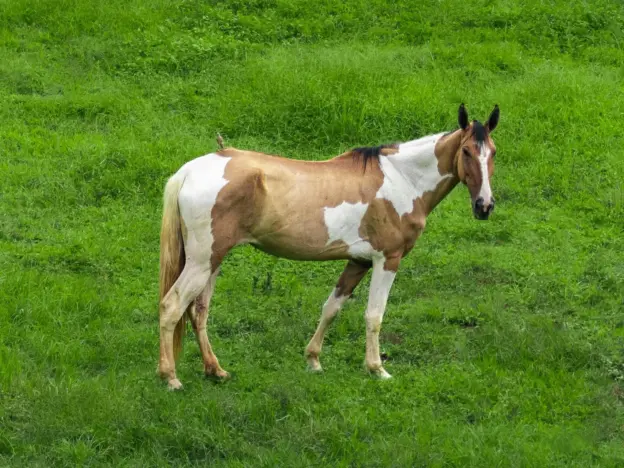
The Pampa Horse originally comes from the animals brought to the Americas early in the 16th century that later went on to run feral.
Read more
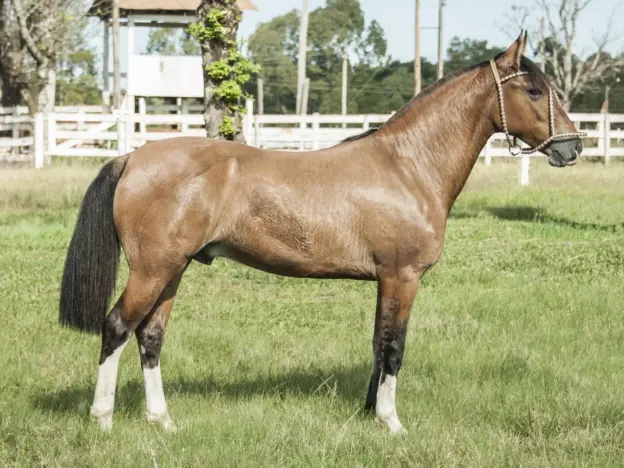
Also called the Nordestino, Crioulo Brasileiro, Curraleiro and the Sartanejo, the Northeastern Pony is a descendant of the desert horse of North Africa.
Read more
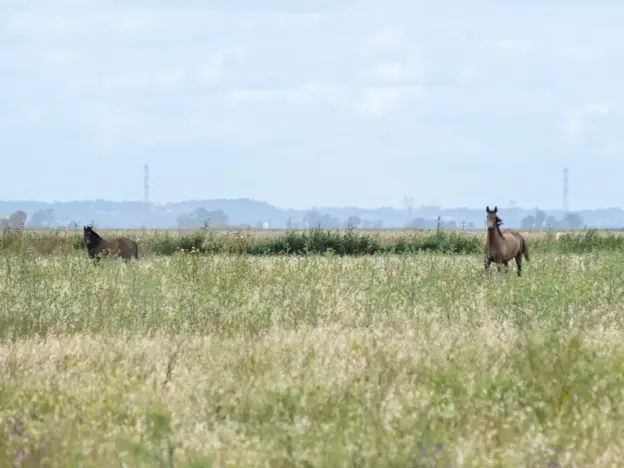
Also called Baixo Amazona and Majaro Island Horse, the Marajoara Horse is one well adapted to its environment.
Read more
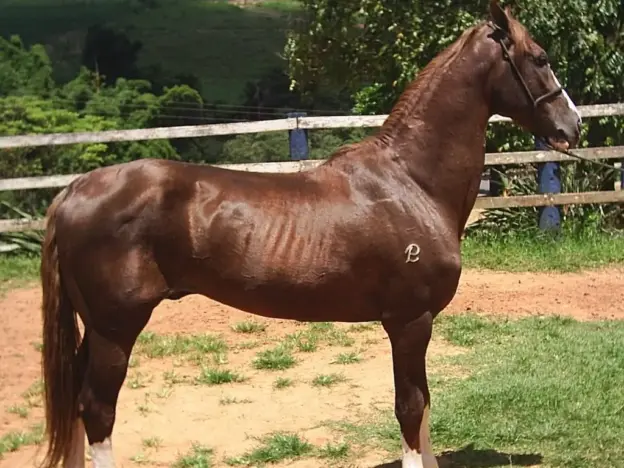
The Mangalarga Pulista is a breed that was developed from the Mangalarga Marchador breed in Brazil, so their history is very similar.
Read more
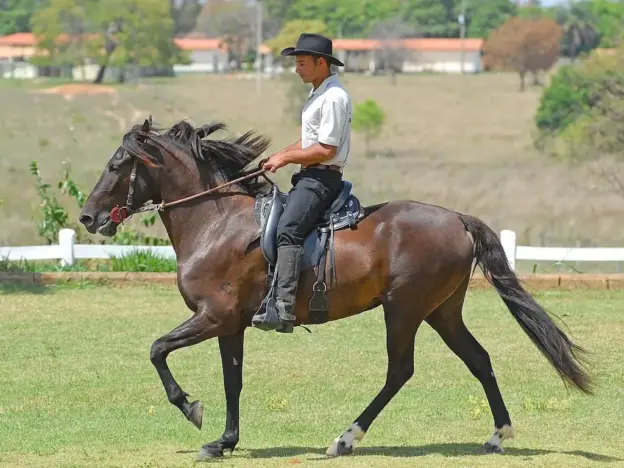
The Mangalarga Marchador is the most popular and widely found horse in Brazil where they were developed in 1740 by Joao Francisco of Portugal.
Read more
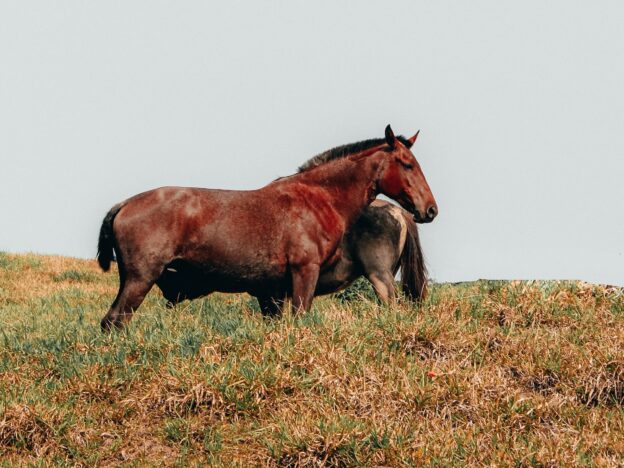
The Crioulo is a variety of the Latin American creole breed and like their cousins throughout the area are a cross between African and European breeds.
Read more